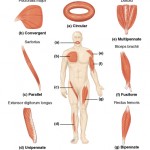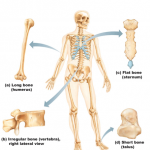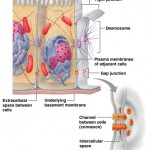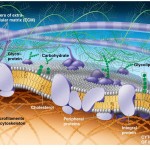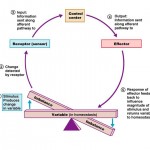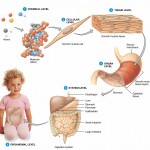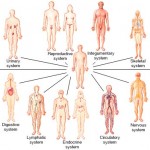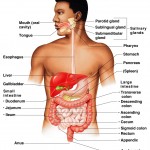Hemophilia & Thrombocytopenia
Anything that interferes with the clotting mechanism of blood can cause abnormal bleeding. The most common causes are platelet deficiency (thrombocytopenia) and deficits of some clotting factors, which can result from impaired liver function or genetic conditions such as hemophilia.
Thrombocytopenia
Thrombocytopenia is a condition in which the number of circulating platelets is deficient, which causes spontaneous bleeding from small blood vessels all over the body. Even normal everyday body movements can lead to excessive hemorrage, evidenced by widespread small purplish spots called petechiae on the skin.
Thrombocytopenia can arise from any condition that suppreses or destroys red bone marrow, such as bone marrow malignancy, exposure to ionizing radiation, and certain drugs. A platelet count of less than 50,000 microliters of blood is diagnostic for thrompocytopenia. Transfusions of platelets provide temporary relief from bleeding.
Hemophilia
The term hemophilia refers to several hereditary blood disorders that share similar signs and symptoms. Hemophilia A results from a deficiency in factor VIII (antihemophilic factor). It accounts for 78% of cases. Hemophilia B results from a deficiency of factor IX. Both forms are genetic conditions that primarily occur in males. Hemophilia C is a less severe form seen in both sexes and is due to a lack of factor XI. The relative mildness of hemophilia c, when compared to the A and B forms, reflects the fact that clotting factor IX, that the missing factor XI activates, can also be activated by factor VII.
Symptoms of hemophilia usually begin early in life. Even minor tissue trauma can cause prolonged and potentially life threatening bleeding into tissues. Often, the person’s joints become seriou
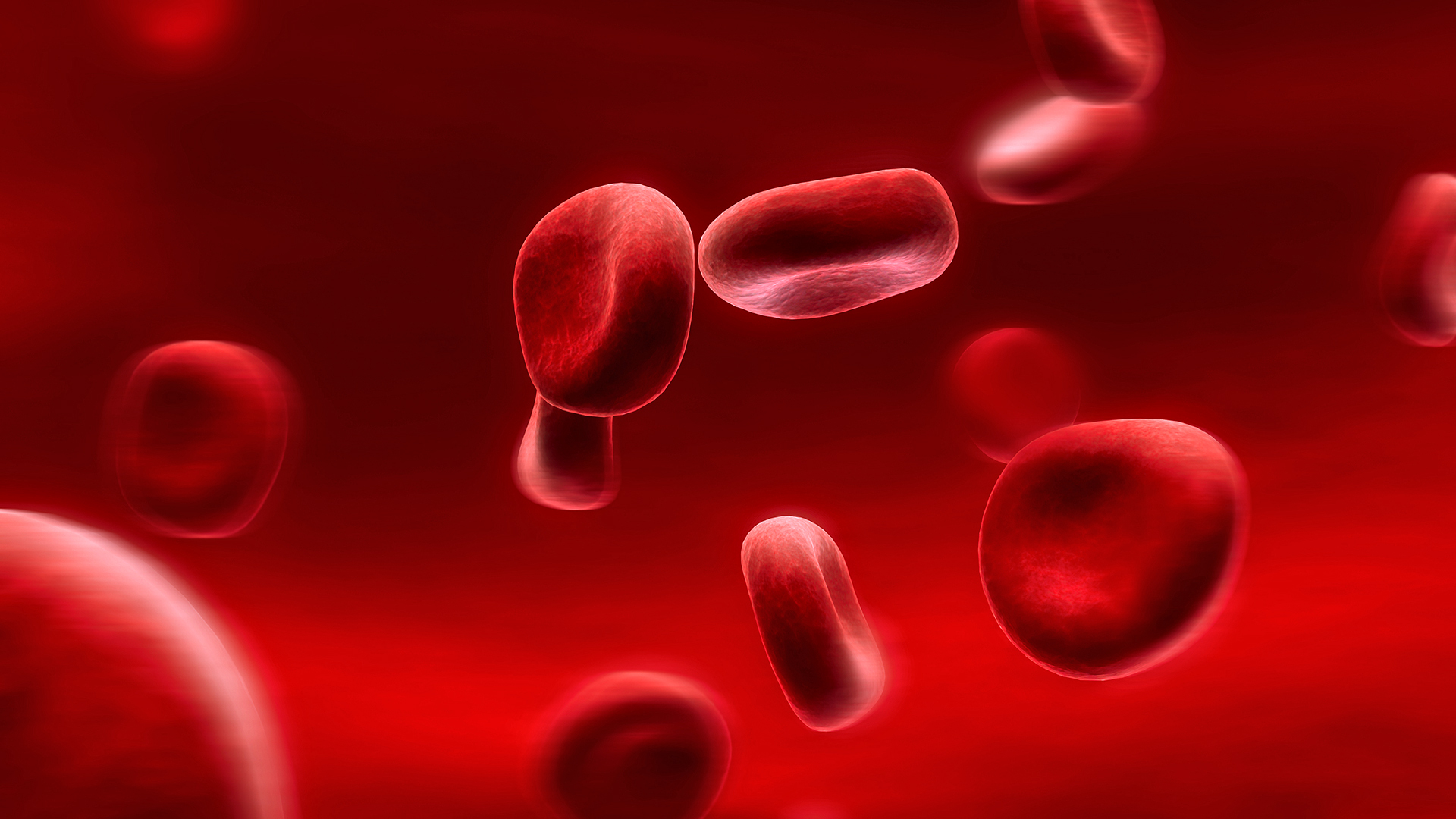
Thrombocytopenia, hemophilia, and disseminated intravascular coagulation are considered bleeding disorders.
sly disabled and painful because of repeated bleeding into the joint cavities after exercise or trauma. Typically, hemophilia is managed clinically with transfusions of fresh plasma or injections of the proper clotting factor. These therapies provide relief for several days and assist in healing, but are expensive.
In addition, dependence on injections and transfusions can cause trouble. In the past, many hemophilia patients became infected with hepatitis, and beginning in the early 1980’s, a blood-transmitting virus known as HIV contaminated hemophilia blood products.
Disseminated Intravascular Coagulation (dic)
Disseminated intravascular coagulation is a situation in which widespread clotting occurs in blood vessels and the residual blood volume becomes unable to clot. This causes blockage of blood-flow and severe bleeding simultaneously. DIC usually happens as a complication during pregnancy or as a result of septicemia or incompatible blood transfusions.
Impaired Liver Function
If the liver is unable to synthesize its usually amount of clotting factor, abnormal bleeding disorders can occur. Causes range from an easily solvable issue such as vitamin K deficiency, to the total impairment of liver function (hepatitis, cirrhosis).
Liver cells require vitamin K to produce clotting factors. Although some bacteria produce vitamin K, we get most of it from our diets (vegetables). However, a deficiency can occur if lipid (fat) absorption is impaired because vitamin K is a fat-soluble vitamin that’s absorbed into the blood with fat. In liver disease, liver cells fail to produce clotting factors and bile, which is required for fat and vitamin K absorption.
Related Posts
Category: Blood


